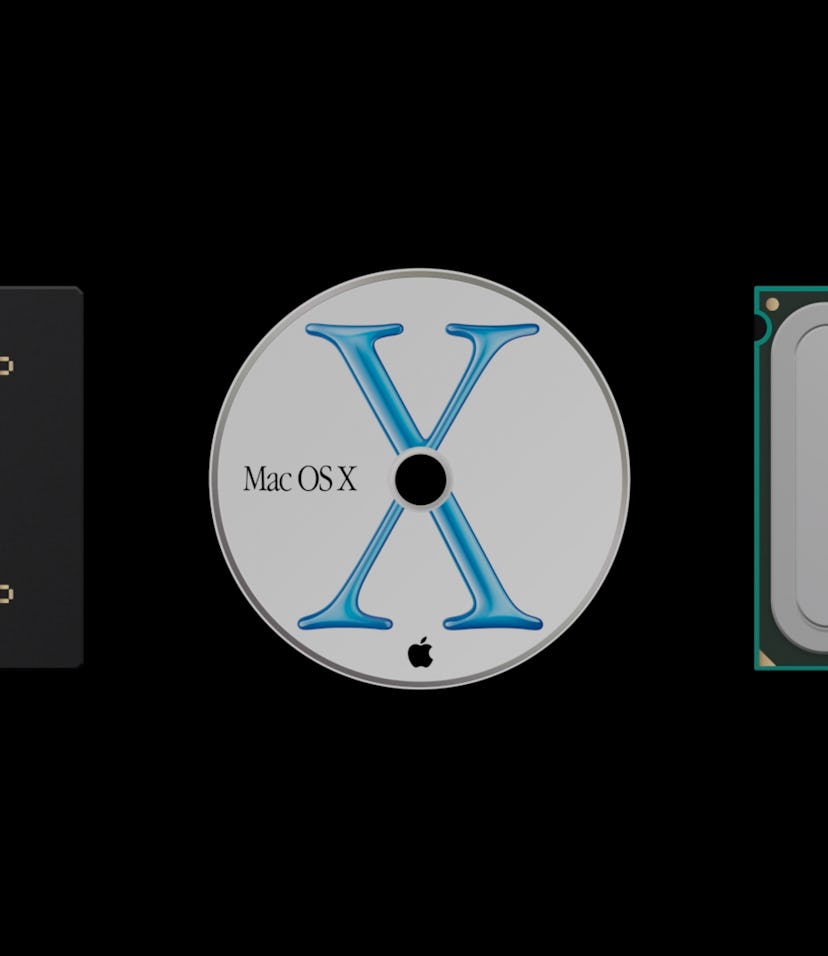Tech
Why Apple had to dump Intel, and what to expect in the future
It's not all about speed.

At its World Wide Development Conference (WWDC), Apple announced that it will be transitioning some of its products from Intel to ARM processors. The company cited a number justifications for the change, including significant improvements to battery life and overall performance, and the unification of all of its devices onto one hardware platform.
According to Tim Cook, the transition is expected to take about two years from start to finish. Johny Srouji, the man leading Apple's highly successful in-house chip development, said this during the keynote :
"We've been building and refining our silicon for over a decade, and the result is a scalable architecture that is custom designed for performance, and it leads the industry in features and performance-per-watt."
and that
"The first thing [switching to ARM] will do is give the Mac a whole new level of performance. Now, when we talk about performance, we have to talk about power, because all systems are constrained by power consumption, thermals, or both. Among today's consumer systems, desktops deliver the highest performance, but consume the most power. Notebooks trade off performance for lower power, making them portable. As you can see, normally to get more performance you have to consume more power, and when you take a closer look at this chart [below], you will realize that what you want is to operate at the upper left corner; you want to deliver the highest performance at the lowest power consumption, and that's exactly where we want to take the Mac."
Srouji went on to say that Apple is planning a "family" of SoCs, while playing up the scalability of their A-series processors, specifically mentioning pro applications and games.
To kick off the hardware side of things, Apple announced that it would be making a $500 hardware developer kit (or a Developer Transition Kit, in the company's parlance) available in the coming weeks that takes the form of a Mac Mini running an Apple A12Z, the same chip currently sold in iPad Pros. These ARM-based Mac Minis will include 16 of RAM, a 512GB SSD, and "a compliment of Mac IO ports." It will arrive running the macOS Big Sur developer beta and Xcode.
Stepping back and picking this announcement apart a bit, we had a good idea that Apple would be stepping away from Intel because, frankly, the company has continuously dropped the ball in the last handful of years. Chipmakers like Qualcomm and Samsung are already delivering products based on a second generation of 7nm lithography while Intel struggled mightily just to get 10nm chips into products late last year. What this means is that, in a relatively short window, Macs with Intel chips have gone from the best performance-per-watt to the worst.
And this performance-per-watt comparison, which is what Srouji led the announcement with, really is critical. We've known that Apple's A-series chips could match or even beat Intel CPUs in specific benchmarks, but we've never really known at what wattage. It wasn't until we could compare Qualcomm's 8cx chip running Windows at around 7 watts to an Intel Core i5 8250U running at 15 watts that we had a (no pun intended) apples-to-apples comparison. And this is with last-generation parts.
We can see from the benchmarks above that ARM chips can do very similar workloads at about half the power, which is huge. Imagine a MacBook Pro with twice the battery life out of the box. And, as Srouji mentioned in the keynote, we only have A-series benchmarks from the very thermally limited environment of an iPad. The Developer Transition Kit (DTK) will presumably include a heatsink and fan, letting the chip operate at higher speeds for much longer.
What isn't immediately clear is how the company will scale its chip architecture up to desktop-class performance. Typical desktop processors operate between 45 and 150 watts, and we've simply never seen an ARM chip operating at those power levels in consumer products. Given the backlash that happened just a few years ago before the new Mac Pro was announced, this is the market segment developers are likely to be the most skeptical about.
Speaking of developers, this transition will achieve success or failure based on their adoption, but Apple is giving them a number of tools to help the process along. First, macOS itself and all of Apple's built-in apps will be native on ARM-based Macs. Second, the company also announced Rosetta 2, which will emulate all Mac apps and their plugins (many of which are 32 bit), which is an absolutely seismic slap in the face to Microsoft's Windows-on-ARM emulation, which only works with 32 bit apps (which in practice means... basically no apps). What this means is pro apps like Affinity Photo will work on day one, while pro apps on Windows still don't work on year three. Ouch.
You can read more about Apple's developer transition here.